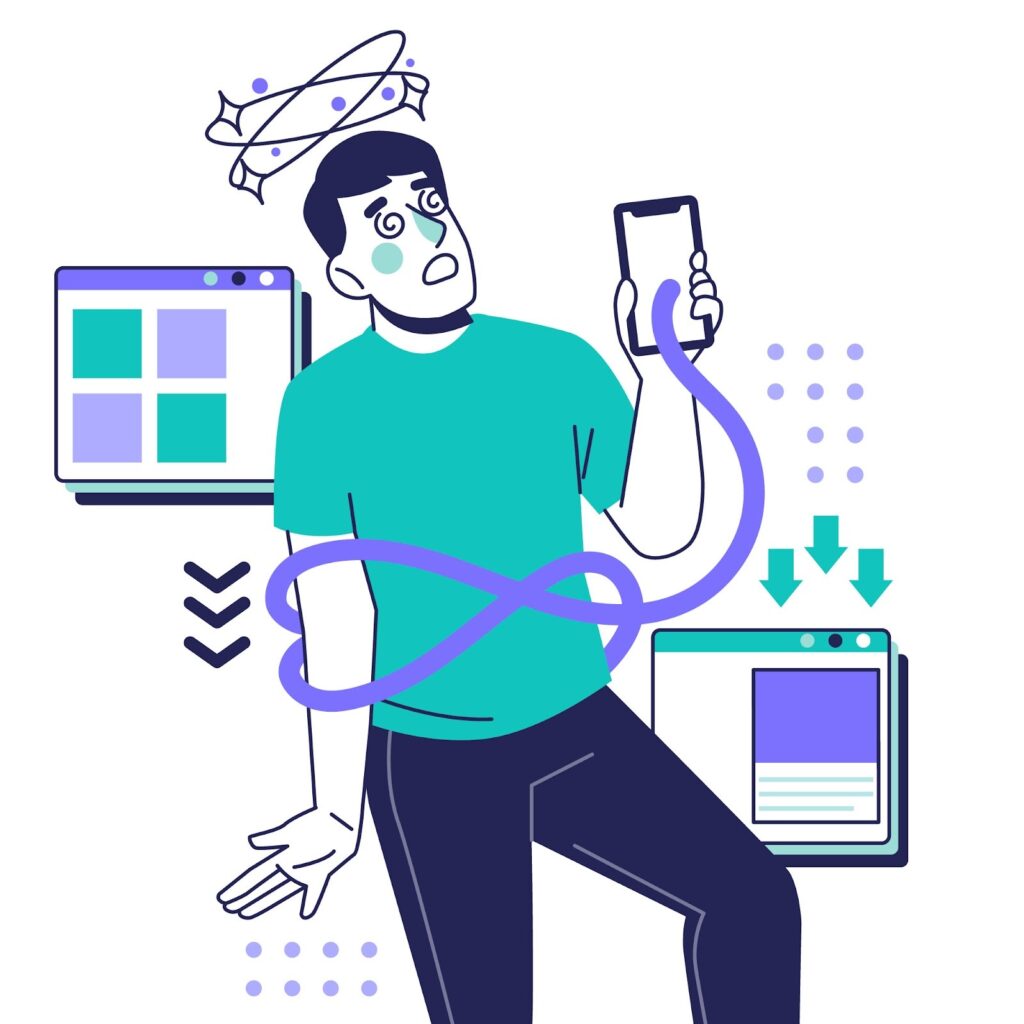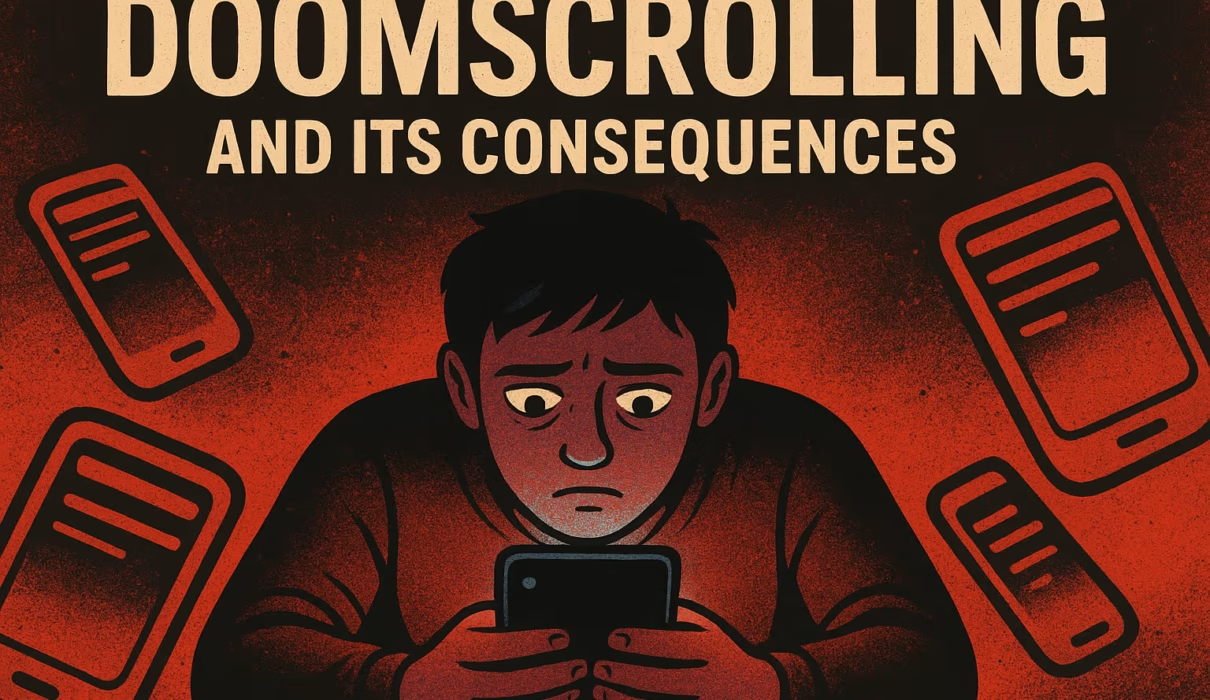In the blink of an eye, short-form video has gone from a niche trend to the dominant force in digital media. Platforms such as TikTok and Instagram Reels deliver an endless, dopamine-fueled buffet of content-a quick scroll, a burst of entertainment, and then on to the next.
But as our thumbs get faster with swipes, the bigger question is: What is this rapid-fire consumption doing to our ability to focus?

The Science Behind the Scroll: Instant Gratification
The psychological appeal of short-form video is undeniable: It taps directly into our brain’s reward system, offering a constant stream of novelty and immediate payoff.
Dopamine Hits: The unending variance of the “For You Page” is designed like a slot machine. Every swipe is a gamble, and when you land on an entertaining video, your brain secretes dopamine-the “feel-good” neurotransmitter associated with reward. This reinforces the scrolling habit, training your brain to seek out these quick, intense bursts of stimulation.
Cognitive Load Theory: Some researchers claim that the rapid, fast-paced cuts and constant context-switching overload our working memory. The brain is shifting and resetting, adapting to new visual and auditory stimuli, which can make it increasingly difficult to settle on one single prolonged task.
The Erosion of Sustained Attention
The most basic worry for both educators and cognitive scientists is that such fragmentation erodes sustained attention, the ability to focus on a single, non-stimulating task for a long period.
Difficulty with “Slower” Content: If the brain is accustomed to a reward or complete narrative every 15-60 seconds, tasks that require more delayed gratification-like reading a long book, sitting through a 45-minute lecture, or working on a complex project-can seem impossibly tedious.
Research Concerns: Studies on students have found correlations between excessive short-form video consumption and lower academic performance, often attributing this to reduced attentional control and increased distractibility. The brain gets used to the constant ‘noise’ and struggles to handle the ‘silence’ of deep focus.
Takeaway: It’s not that the human attention span has shrunk to that of a goldfish-a popular, but often debunked, myth. Quite the opposite: Our tolerance for boredom and our need for immediate, high-intensity stimulation have dramatically increased. We’re losing the patience for content that isn’t immediately engaging us.
Finding the Balance: Training Your “Focus Muscle”
Short-form video is a powerful and valuable tool of information, entertainment, and connectivity-it is not inherently evil. The key lies in mindful consumption and in actively practicing your “focus muscle.”
The Intentional Scroll: Instead of opening the app by habit whenever you are bored, set a specific time limit for browsing, like “I will watch for 15 minutes and then I’m done.” Use a timer to help you keep your promise.
The 20-Minute Challenge: Intentionally engage in activities that require sustained attention. Commit to reading a chapter of a book, writing for 20 minutes, or working on a challenging puzzle without checking your phone. Start small and build up the time.
Use the Apps to Your Advantage: Keep in mind that such platforms can also be effective learning means. Follow creators who take hard-to-understand educational topics and make them understandable and fun, then use that initial spark of interest in searching for the full, long-form topic somewhere else.
Short-form video changed the media landscape forever. Yet when we comprehend the psychology underlying its stronghold, we are empowered to take ownership of our behaviors and ensure that a 60-second clip doesn’t control our ability to concentrate on life’s more challenging yet highly rewarding efforts.


